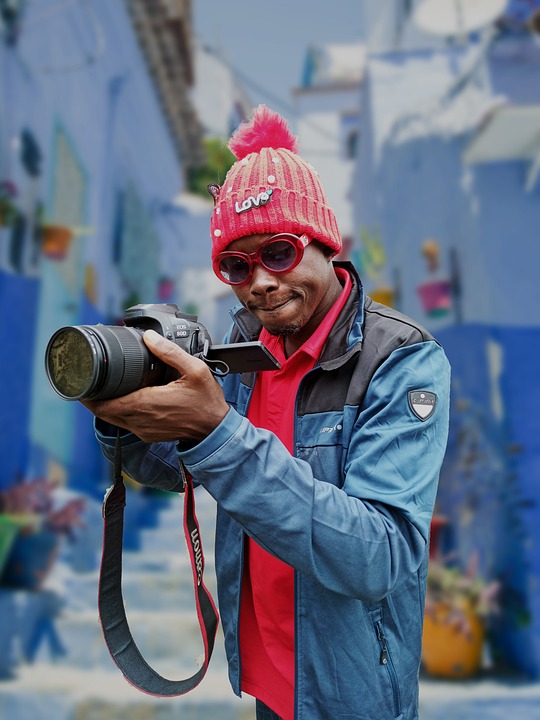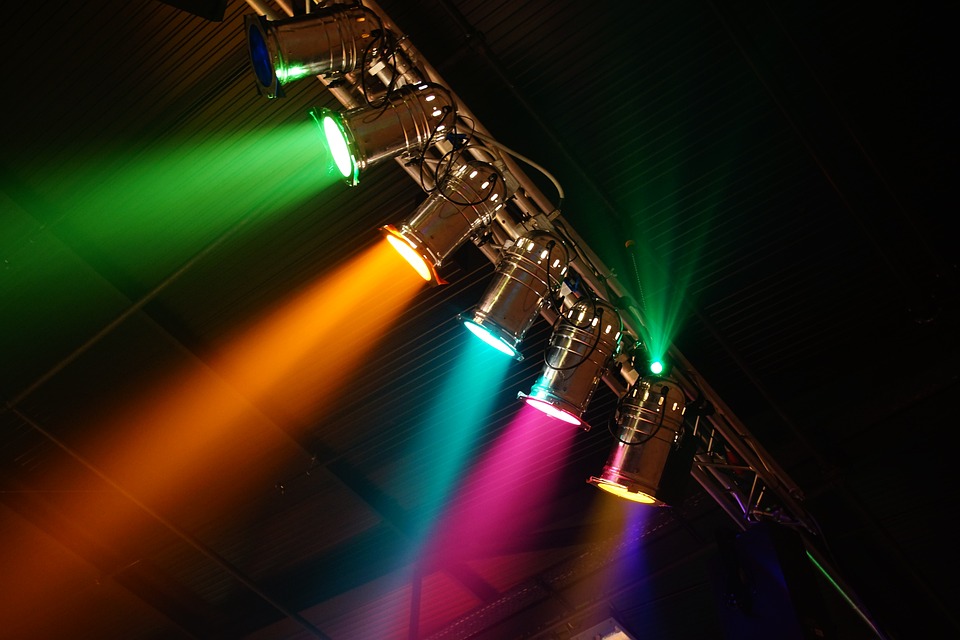The Evolution of Filmmakers: From Silent Films to Modern Blockbusters
The Silent Era
In the early days of cinema, filmmakers relied on visuals and music to tell a story, as there was no dialogue. Silent films were often accompanied by live music or sound effects to enhance the viewing experience. Directors like D.W. Griffith and Charlie Chaplin were pioneers of this era, creating iconic films that are still celebrated today.
The Golden Age of Hollywood
As technology advanced, sound was introduced to films, leading to the birth of “talkies.” This era saw the rise of legendary filmmakers like Alfred Hitchcock, Orson Welles, and John Ford, who revolutionized storytelling in film. The Golden Age of Hollywood produced classics like “Gone with the Wind,” “Citizen Kane,” and “Casablanca,” establishing cinema as a powerful medium for storytelling.
The New Hollywood Movement
In the 1960s and 1970s, a new wave of filmmakers emerged, challenging traditional Hollywood conventions and pushing boundaries in their storytelling. Directors like Martin Scorsese, Francis Ford Coppola, and Steven Spielberg introduced a new era of cinema, characterized by gritty realism and innovative techniques. The New Hollywood movement gave rise to iconic films like “The Godfather,” “Taxi Driver,” and “Jaws,” setting the stage for modern blockbusters.
The Blockbuster Era
With the success of films like “Star Wars” and “Jaws,” Hollywood began focusing more on big-budget blockbusters aimed at attracting mass audiences. Directors like George Lucas and Steven Spielberg revolutionized the industry by creating epic films with groundbreaking special effects and larger-than-life stories. The Blockbuster Era saw the rise of franchises like “Jurassic Park,” “Indiana Jones,” and “The Avengers,” dominating the box office and shaping the future of filmmaking.
The Rise of Independent Filmmaking
As Hollywood continued to produce big-budget blockbusters, a new wave of independent filmmakers emerged, challenging the status quo and taking risks with innovative storytelling. Directors like Quentin Tarantino, Sofia Coppola, and Richard Linklater gained critical acclaim for their unique vision and uncompromising approach to filmmaking. The rise of independent cinema brought diversity and creativity to the industry, inspiring a new generation of filmmakers to explore unconventional narratives and styles.
The Digital Revolution
Advancements in technology have transformed the way films are made and distributed, democratizing the filmmaking process and making it more accessible to aspiring filmmakers. Digital cameras and editing software have revolutionized the industry, allowing filmmakers to create high-quality content on a smaller budget. The Digital Revolution has led to the rise of online streaming platforms like Netflix and Amazon Prime, providing a platform for independent filmmakers to showcase their work to a global audience.
The Future of Filmmaking
As we look to the future, the evolution of filmmakers is set to continue, with emerging technologies like virtual reality and artificial intelligence shaping the industry. Filmmakers will continue to push boundaries and challenge conventions, creating new and innovative ways to tell stories and connect with audiences. The future of filmmaking is bright, with endless possibilities for creativity and expression.
In conclusion, the evolution of filmmakers from silent films to modern blockbusters has been a journey of innovation, creativity, and resilience. Each era has brought new challenges and opportunities, shaping the industry into what it is today. As we look to the future, the possibilities for filmmaking are endless, with emerging technologies and diverse voices driving the industry forward. The evolution of filmmakers is a testament to the power of storytelling and the impact that cinema can have on society.



